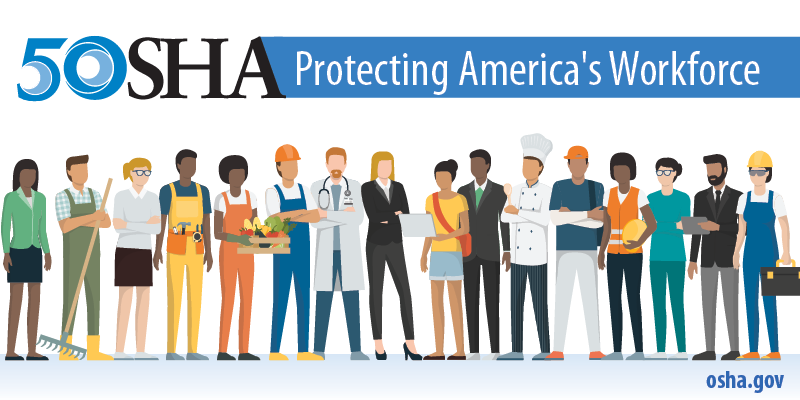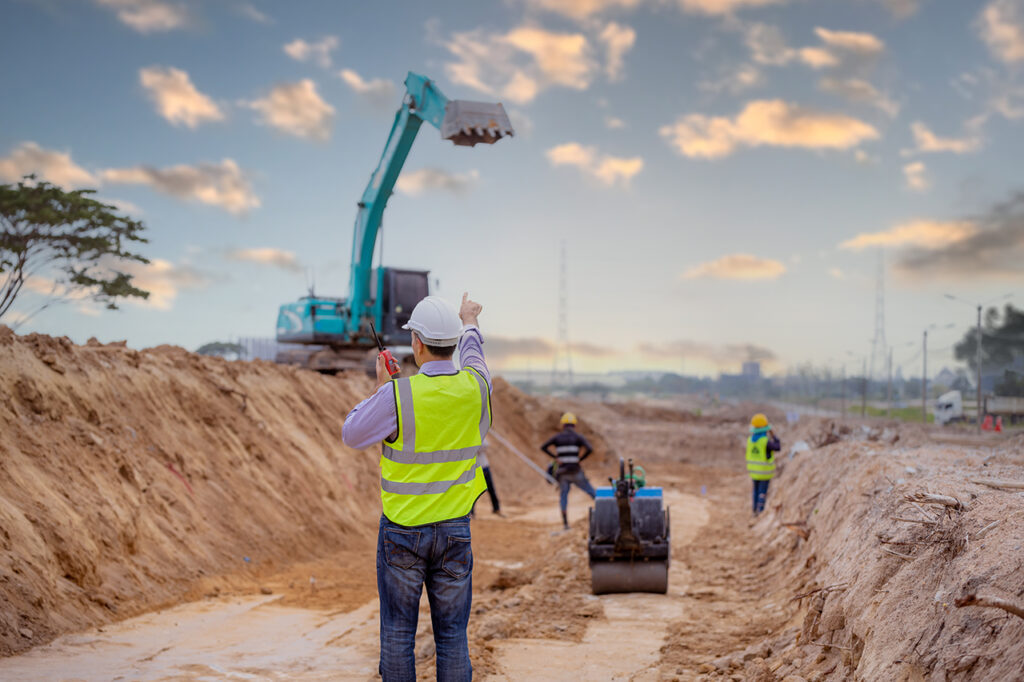What is OSHA? And why is it important to stay up to date with OSHA standards? These are important questions for all employers to understand.
Protecting worker safety and maintaining health and safety compliance is essential for any organization and industry. OSHA is in charge of enforcing proper workplace safety to reduce or eliminate the chances of work-related accidents, injuries, or deaths.
So exactly what is OSHA and how does it operate? We’ll break it all down in our guide of frequently asked questions below.
What Is OSHA? History And Overview
OSHA is a US federal agency that was created by President Nixon in 1970. OSHA was founded alongside the creation of the Occupational Safety and Health Act introduced in the same year.
The OSH Act was put in place as a sustainable solution for regulating workplaces. It protects the rights of workers, and makes sure that they are adequately protected in hazardous work environments.
Congress established OSHA after the success of the OSH Act. OSHA acts as the administering body around this act. Its purpose is to make sure that all working conditions across the US are safe.
OSHA protects workers, and it does this by enforcing safety standards and providing training across different work environments and sectors.
OSHA is a division of the US Department of labor. All administrators in OSHA report directly to the Secretary of Labor.
The safety standards and regulations of OSHA could vary between different states. States can develop and implement their own state-run programs focused on health and safety in job spaces. However, OSHA needs to approve these programs. States could also choose to cover their workers with the federal OSHA regulations.
So, to sum up the question “what is OSHA?: OSHA is an administrative body that enforces health and safety standards to protect workers across the US. These standards are developed in line with the Occupational Safety and Health Act.
What Does OSHA Stand For?
OSHA stands for Occupational Safety and Health Administration. The agency was created to protect workers from injury or death on the job.
OSHA got its name from the Occupational Safety and Health Act (OSH) of 1970.
What Is OSHA’s Mission?
According to OSHA, their mission is “to ensure safe and healthful working conditions for workers by setting and enforcing standards and by providing training, outreach, education, and assistance.”
OSHA operates to cover all workers that fall under the OSH Act. The OSH Act protects most private sector employers and workers, as well as some public sector employers and workers.
OSHA’s mission is to cover these workers and employers across the 50 states as well as the territories and jurisdictions under the federal authority.
What Does OSHA Do?
There are two main functions that OSHA focuses on.
First, OSHA sets the official health and safety standards for various industries and job fields. OSHA documents all the relevant health and safety standards and ensures there is a clear definition of what standards different industries and workplaces need to follow and enforce.
Second, OSHA focuses on training employers on workplace health and safety. The administration doesn’t only exist to create and enforce standards, but it makes sure that all relevant employers fully understand their health and safety responsibilities.
Overall, OSHA aims to prevent incidents and accidents in workplaces before they occur. The agency does this by setting standards that employers need to follow, helping them identify risks, and educating them about the possible hazards in a workplace.
What OSHA Requires Employers To Do
Employers need to ensure they provide a safe work environment for their workers. This includes identifying and mitigating hazards to reduce risk.
Employer responsibilities include but are not limited to:
- Making sure workers have the correct Personal Protective Equipment (PPE)
- Providing safety training that workers understand
- Informing workers about hazards
- Keeping accurate reports and records of work-related injuries
- Notifying OSHA of workplace fatalities and hospitalizations within the correct timeframes
How Does OSHA Protect Workers And Enforce Compliance?
OSHA has various health and safety standards that apply to different industries and work scenarios. For example, OSHA has safety standards for working on scaffolding, fall safety, electrical hazards, and so on.
Each of these hazardous areas has clear OSHA guidelines that need to be completely enforced by any work environments that these standards apply to. In order to keep workers protected and enforce these safety standards, OSHA has inspectors that check up on different work environments. This ensures that they’re maintaining compliance.
OSHA inspectors can perform random site inspections in any relevant workplace. They take note of all possible risks and hazards that fall under the Occupational Safety and Health Act and assess the health and safety measures in place. If an employer does not have the correct safety protocols in place, they will receive a citation and will be subject to a fine. The cost of non-compliance can be serious depending on the severity of the citation.
The OSHA inspector will return to the site within a specified time frame to ensure the safety violation has been amended. If it has not been amended, the employer will face further and more severe consequences.
Maintaining OSHA compliance is the law. No work environment can operate without following the necessary regulation. If employers want to enhance safety within the workplace, they can implement additional measures. However, OSHA standards are the mandatory minimum requirements.
Who Does OSHA Protect?
OSHA serves most employers and workers in the private sector. Relevant federal employers and workers are also covered by OSHA. However, while OSHA can monitor and enforce safety in federal agencies, it cannot issue a fine to them.
If a worker is not covered by OSHA, it’s because their job requires regulation from a separate federal agency. For example, miners are covered by the Mine Safety and Health Administration, and the Federal Aviation Administration covers aviation workers.
In some instances, workplaces with less than 10 workers are not monitored by OSHA.
Some common industries that OSHA serves include construction, utilities, manufacturing, agriculture and forestry, and many more. You can find a full list of industry-specific resources for OSHA compliance here.
How To Improve Your Organization’s OSHA Compliance
OSHA compliance isn’t just a suggestion, it’s a necessity. You have to maintain OSHA compliance to keep your organization up to date with all relevant health and safety regulations. This keeps workers safe, lowers the risk of incidents, and it maintains your legal obligations.
Using a health and safety app like Field1st is the easiest and most effective way to keep up to date with the correct OSHA safety standards.
With Field1st, you can access a range of job hazard assessment tools to reduce job-related risks and maintain compliance. Our app has been designed with a focus on ease of use, speed, and remote access to make OSHA compliance a straightforward process.
Conclusion
No matter what industry you’re in or what your workplace looks like, staying on top of the right health and safety standards needs to be a top priority. In order to do this, you need to be aware of what OSHA is and what OSHA standards look like in your sector.
OSHA is not something to be afraid of. In fact, maintaining OSHA compliance is relatively easy. Moreover, it’s something that helps both workers and employers as it helps prevent incidents and accidents.
By understanding your sector’s OSHA requirements and using a safety app like Field1st, you’ll be able to create a far safer workplace. This will decrease the risk of incidents, improve productivity, and make sure the organization is operating in accordance with all the necessary health and safety regulations.





